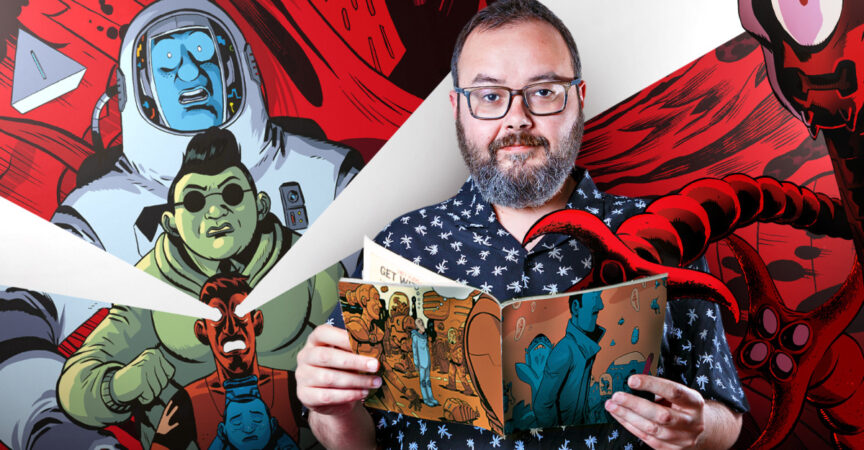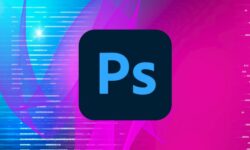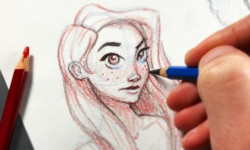Introduction to Digital Comic (Spanish, Multisub)
Release date:2022
Author:Albert Monteys Homar
Skill level:Beginner
Language:Spanish
Exercise files:Not Provided
Learn to create, publish and promote a graphic novel for digital formats
For the cartoonist Albert Monteys, the comic is his natural means of expression. With more than 25 years writing and drawing cartoons between ink, paper, screens and humor, he is an expert on how to approach a comic from scratch and how to tell a story to enhance it on digital media.
Mainly known for his comics in the Spanish humor weekly El Jueves, a publication in which he collaborated for 18 years and directed for 4, he continued his career following his passion for narrative and the search for new digital formats, making comics for the magazine of humor “Pride and Satisfaction” and the science fiction comic “UNIVERSE!”. A trajectory that led him to receive an Eisner Award nomination – the “Oscar of the Illustrators” – in 2016, and to win the award for Best National Comic at the Barcelona Comic Hall (Spain) in 2019.
In this course, the cartoonist Albert Monteys will teach you how to create comics thinking about digital support, from the computer screen to that of the mobile, and also, will give you the tools to promote it based on your experience, so that the world knows your work.
What will you learn in this online course?
You will meet Albert Monteys, who will review you for his career since he published himself comic books until he passed through El Jueves (comic book magazine) and how he ventured into the digital comic. Also, it will show you the main authors and works that have influenced him to venture to try digital formats for his comics.
What is the digital comic? What are the differences with traditional paper comic? Albert will give you the answers to these questions through examples, and then explain what you need to know about color and possibilities in terms of digital media narrative.
Making a digital comic does not imply that you have to put aside ink and paper. Albert will show you the analog materials you need to draw, among papers, pencils, markers, brushes, inks and watercolors. It will also explain the materials for working in digital and Adobe Photoshop tools for comic artists.
You will choose the format in which you are going to publish your comic: Instagram, downloadable PDF, multiple platforms? Albert will advise you to make the right decision according to your story.
Next, you will see different ways to approach the writing, you will design the characters of the cartoon and you will raise in depth the narrative of the comic so that the potencies.
Albert will teach you to design the performance and expressiveness of your characters, why an expression is worth more than a text balloon, and you will understand the drawing as another type of writing. Then, he will explain how you should digitize the comic and work it in Photoshop.
Finally, you will leave your comic ready for the screen and see in detail (from Albert’s personal experience) how you can promote it on networks and take advantage of your comic.
What is this course’s project?
Based on your story, you will create, publish and promote on the internet a short comic (between a strip and four pages, you decide) for the world to know.
Who is this online course for?
To illustrators, comic book lovers with or without experience, and anyone who wants to explore graphic narrative and discover all the possibilities offered by different digital media.
Requirements and materials
It is essential to have a story to tell and it is advisable to have basic knowledge of drawing and handling of Adobe Photoshop.
On the materials, you will need a computer with the software installed, pencil, markers, Chinese ink, marten brush, ruler, notebooks, drawing paper and a scanner.





 Channel
Channel





